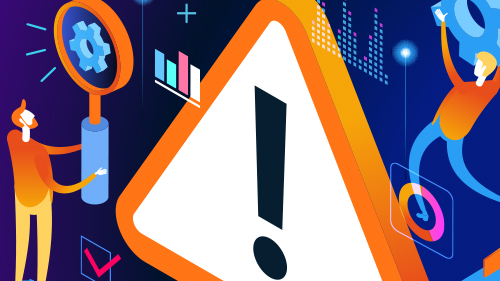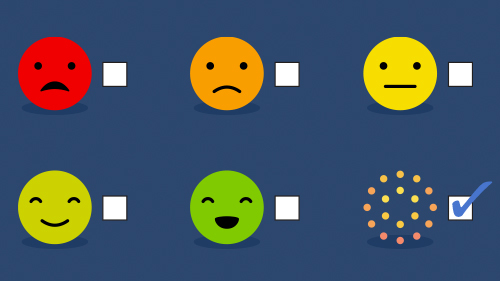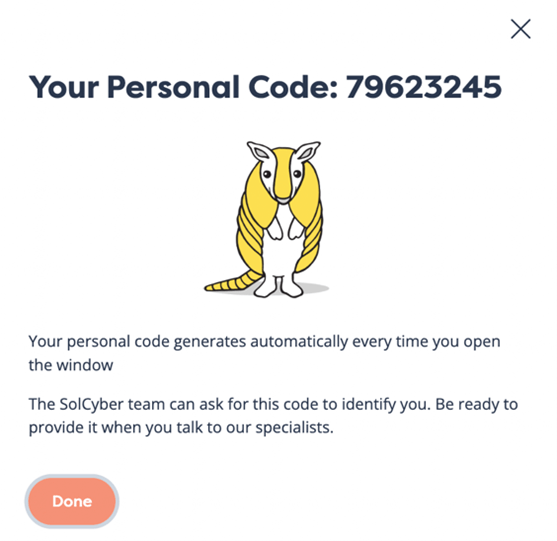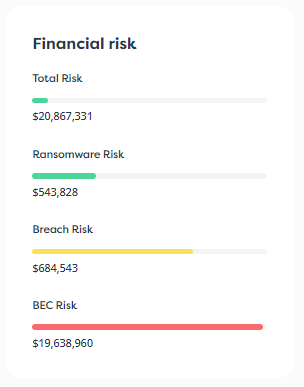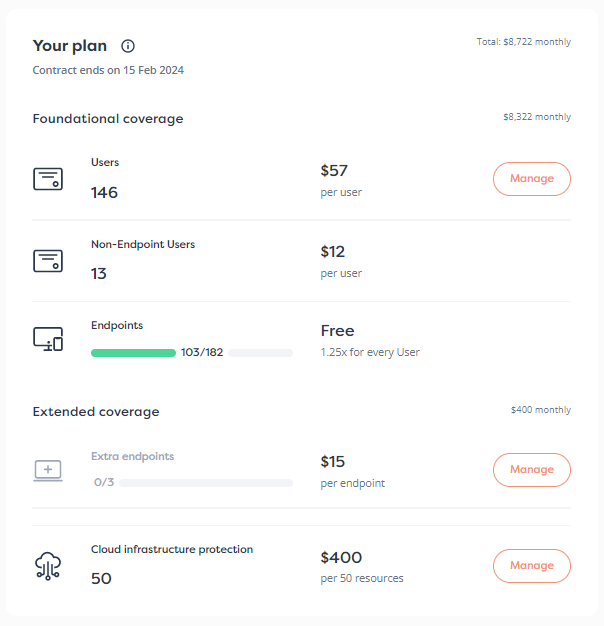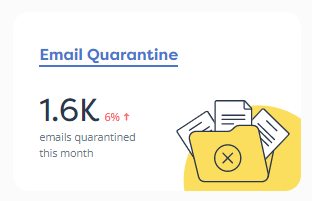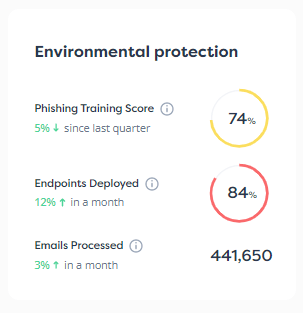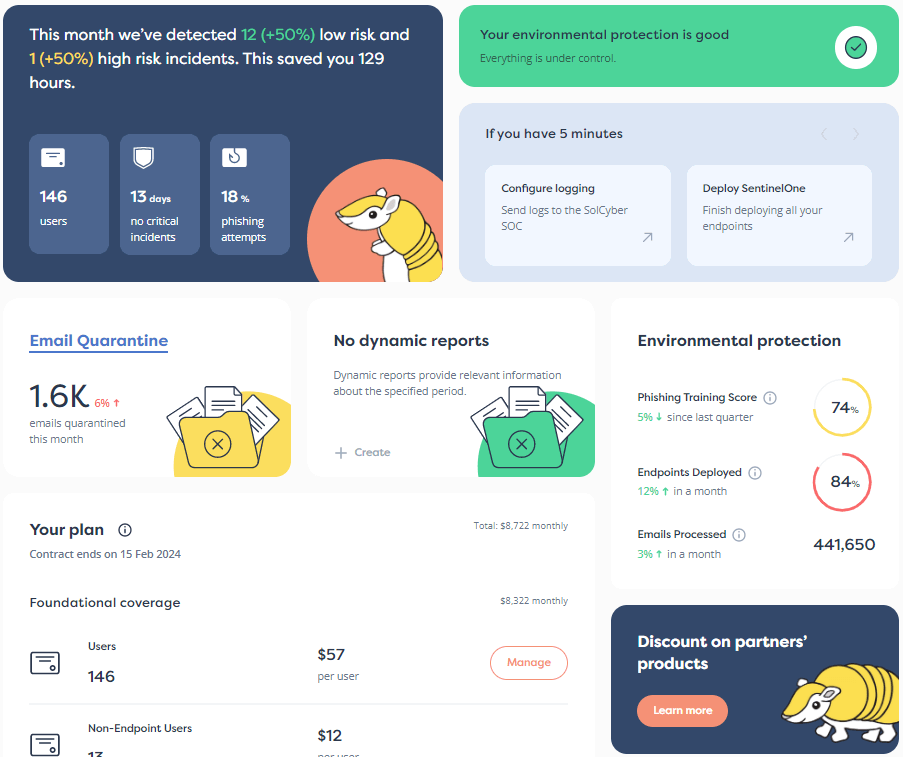As SMEs look to find new ways of being cost-effective, efficient, and reaching broader audiences, they often turn to digitalization. While an expanding digital environment presents more growth opportunities for businesses, it also creates problems for leaders who are looking to manage and maintain risk.
Practical Vulnerability and Digital Transformation
By 2026, IDC predicts that global digital transformation investments will reach $3.4 trillion. The growth of digital transformation is being driven by a few things, including a rise in cloud adoption, increased reliance on remote environments and multiple devices, and evolving expectations of end users.
Wider landscapes can give businesses a competitive advantage and allow for growth, automation, and innovation; but they can also create a larger playing field for cybercriminals. Many cyberattacks come from vulnerabilities across these systems, applications, and third-party tools that have been added to a company’s environment.
Once discovered, vulnerabilities can be fixed through security updates, but many smaller organizations struggle with fitting vulnerability management into their already packed schedule. It can be hard to know what’s in your environment, what requires updating, and what can be left alone, often leading to a feeling that there’s too much to manage. This can lead to missed updates and leave an organization at risk.
However, here’s the good news; even as a small organization, you can manage vulnerabilities without stressing your IT or cybersecurity department. We’ll show you how.
Start with visibility
Vulnerability management is a perpetual process that involves finding, assessing, and resolving vulnerabilities in your IT environment. As such, you can’t have an effective vulnerability management process without visibility. Gaining visibility allows you to see which systems are vulnerable, the degree of vulnerability, and the potential risks you might encounter. In short: you need to know what’s in your environment to properly manage it.
Start by talking to different departments and leaders. Then get a full list of vendors, partners, apps, and devices, that are used by your business in each department. Each of these pieces carries its own risks and needs to be understood individually to get a grasp of your overall environment.
Once you’ve created your list, treat it like an ongoing inventory that needs to be up to date on a consistent basis. This will require establishing a process and leveraging tools or systems to learn about any new vendors, apps, or anything else that gets added to your environment. Just by having this visibility, you minimize your risk of shadow IT, which consists of any systems or services that are used without the IT team consenting to or knowing about them.
This can include file-sharing services, cloud-based storage, using personal devices for work matters, and so on. Because there is so much unknown involved in shadow IT, the vulnerabilities are also unclear. While some instances of shadow IT may pose no significant harm, others could leave organizations prone to data breaches, business disruptions, or penalties related to compliance. Educating employees on the problems that come with shadow IT, while implementing a process to identify unapproved tools and services, will help address the risk. It will also provide them with a path forward rather than simply denying them access.
Default to auto-update
There’s a critical window of time between when an update is available and when your organization implements it, where you may be at an increased risk. Oftentimes, updates not only include feature enhancements but also fixes to known vulnerabilities that can be exploited by malicious attackers if left unchecked.
To avoid having these vulnerabilities expose you to risk, we recommend ensuring that all systems update automatically. This saves time, as well as resources, so your organization can focus on larger updates and more critical vulnerabilities. Set the expectation by working with department heads to enforce a company-wide policy to auto-update devices and software. Most of this can be set up before employees even receive their devices so you can be proactive with your vulnerability management.
Establish processes when you can’t auto-update
It would be great to be able to set and forget all updates, but that’s not always realistic or even possible across the board. For one, you might not want third-party tools, systems, or apps to auto-update and result in website or developer downtime. In other scenarios, the option may not even be an available setting.
In the cases where you’re not able to set automatic updates, you need to have contingency plans in place. Build vulnerability management into your routine by including patching as part of every maintenance window. Doing this allows you to always have an opportunity to patch as well as roll back updates if things go wrong. You should also be prepared for an emergency patch when needed. Make sure the process is well communicated and documented to minimize any potential issues.
Stay on top of alerts and zero-day vulnerabilities
The same people who are designated to perform emergency patches can also stay on top of critical vulnerabilities for your business. You can use resources like CVE Details to stay in the loop and plan to perform updates on “Patch Tuesday.”
CVE details lists known security vulnerabilities and is searchable in a variety of ways. Users can explore risks by vendor, product, vulnerability type, and more. You can even generate a custom RSS feed that sends reports based on certain criteria, cutting down on the need to visit the site itself.
Launched by Microsoft about 20 years ago, Patch Tuesday is held on the second Tuesday of the month and is now widely used as a day for businesses to plan and manage security updates. Simplify your processes by aligning your patch day with Microsoft.
Have a designated person who is responsible for checking CVE Details for updates. This person should also be on the lookout for zero-day vulnerabilities – issues that have been revealed to be security flaws before developers have had time to address and patch them. The designated person should be ready to move as soon as a patch is released on these vulnerabilities, keeping organizations on the proactive side instead of the reactive side.
Whether you choose to use these resources or not, make sure you are scheduling regular assessments and setting up monitoring capabilities to ensure key updates aren’t missed.
How SolCyber can help
Conducting vulnerability management as a small organization is doable, if you take things step-by-step and work the practices into your daily operations. Still, creating the list of things to monitor while also fielding potential vulnerabilities can be a lot to handle. A managed security partner, SolCyber can help provide detection and monitoring capabilities, improving visibility, and making vulnerability identification easier.
SolCyber’s practical vulnerability management service is included in our Foundational Coverage. This service notifies you of only the most critical vulnerabilities every month and helps you track progress on addressing them.
Zero-day vulnerabilities often require immediate attention. SolCyber can serve as your partner to notify you of these kinds of issues; stopping the vulnerability before it becomes a liability. We know it’s impractical to patch everything, but our service can ensure the most urgent matters are addressed quickly.
Learn more about how SolCyber can help and reach out with your questions about vulnerability management today.
















